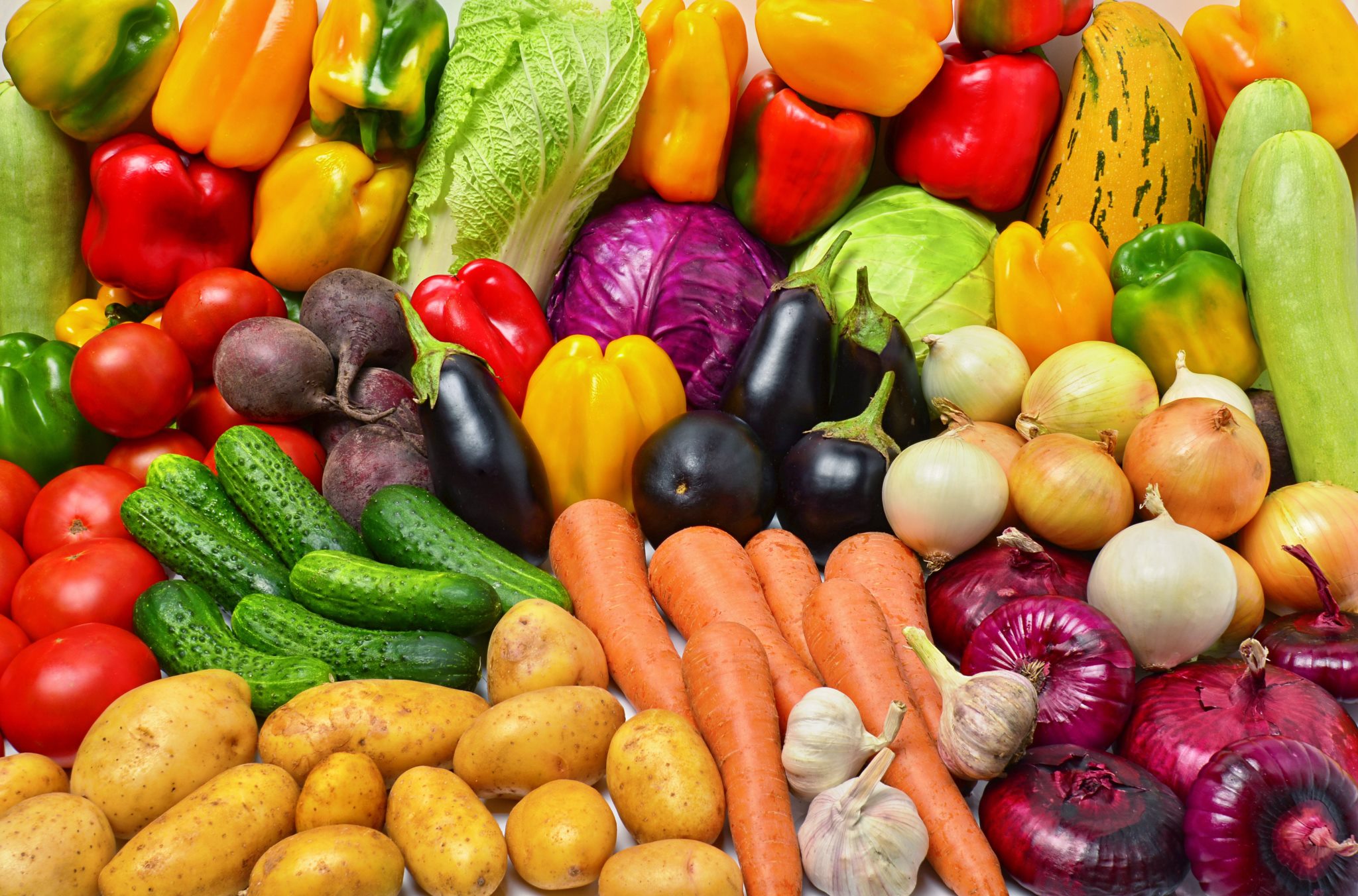This information will be applicable to most if not all fruiting trees. If you want information on a particular type of fruit let us know and we will be happy to provide more info. While the information should be appropriate for most fruit trees, this article will use apple trees for examples.
Root importance, fruiting time, and pollination requirements are all important considerations when selecting your fruit trees.
Root Importance
Apples start life as root stock on which a desired variety is grafted. Grafting is another entire topic. For the sake of brevity this article will not explain the entire grafting process but you can rest assured knowing there is no genetic modification or genetic engineering involved. In fact, it involves an old-fashioned manual process. There are nurseries that only grow rootstock. The rootstock determines the tree’s mature size, tolerance for water as well as cold weather tolerance. Remember, apple trees come in dwarf, semi-dwarf, and standard varieties. The majority of fruit trees on the market today are either semi-dwarf or dwarf.
While the fruit will be true to the graft, the seed will not. In other words, if you buy a gala or fuji apple and plant the seeds you will not get a gala or fuji apple. You will most likely get a bushy plant that may have thorns and if it fruits it will bear rough, bitter apples not very edible.
Fruiting Time
As a general rule, apple trees will be four to seven years old before they bear fruit. Most mail order trees are shipped bare root and are one to two years old. This does not mean they are not good trees, just that you are going to have to wait 4 to 6 years to eat a homegrown apple.
Gary’s Garden Center typically stocks fruit trees in a 7 gallon pot size. These trees are normally five to seven years old and usually produce fruit the first year they are planted. Though hard to do, it is best to pick off fruit as it appears and not let the tree bear fruit the first year. This allows the tree to put its growth in the roots as opposed to producing fruit. The tree will be stronger and healthier in the long run.
Pollination
Some trees can set an abundant crop with their own pollen, so they are called self-pollinating. Other trees need pollen from another variety. This cross-pollination is usually done by bees. If a variety is not self-pollinating, two trees of the same variety will not cross-pollinate each other. You should plant “pollination partners” for varieties that require cross-pollination. Remember, apples can’t pollinate pears, and pears can’t pollinate plums. Pollinators must be from the same fruit type.
When selecting a pollination partner, consider the bloom times. For example, if you have an early season blooming apple you’ll want to partner it with an early to mid season blooming apple.
Generally speaking, most apples, pears, plums and sweet cherries require a pollinator, although there are a few self-pollinating varieties in each of those fruit types. Peaches, nectarines, tart cherries and apricots are almost always self-pollinating.
Selection
You will normally find the best selection in early March. Consider your intended fruit use (fresh eating, baking etc.) and pick a suitable variety or varieties.
Planting
In general, you can plant a fruit tree just as you would any other tree! Fruit trees require full sun for the best yield. Dig the hole slightly bigger around and no deeper than the root ball. Mix about ⅓ “good” soil to ⅔ soil you take out of the hole and fill back in around the root ball. Stake the tree as needed.
If Mother Nature doesn’t water, plan on watering about once a week. Give your fruit trees and slow soaking water by turning your hose on barley drip-drip-dripping and lay it on top of the root ball for 5 to 6 hours. After the first growing season, you should not need to water. If you’ve planted a large quantity , a soaker hose may be a better approach.
With proper care a tree should give you many years of delicious fruit. Fruit trees are not a plant and forget items. They take ongoing care and maintenance to be productive. Click here to learn how to care for your fruit trees.



